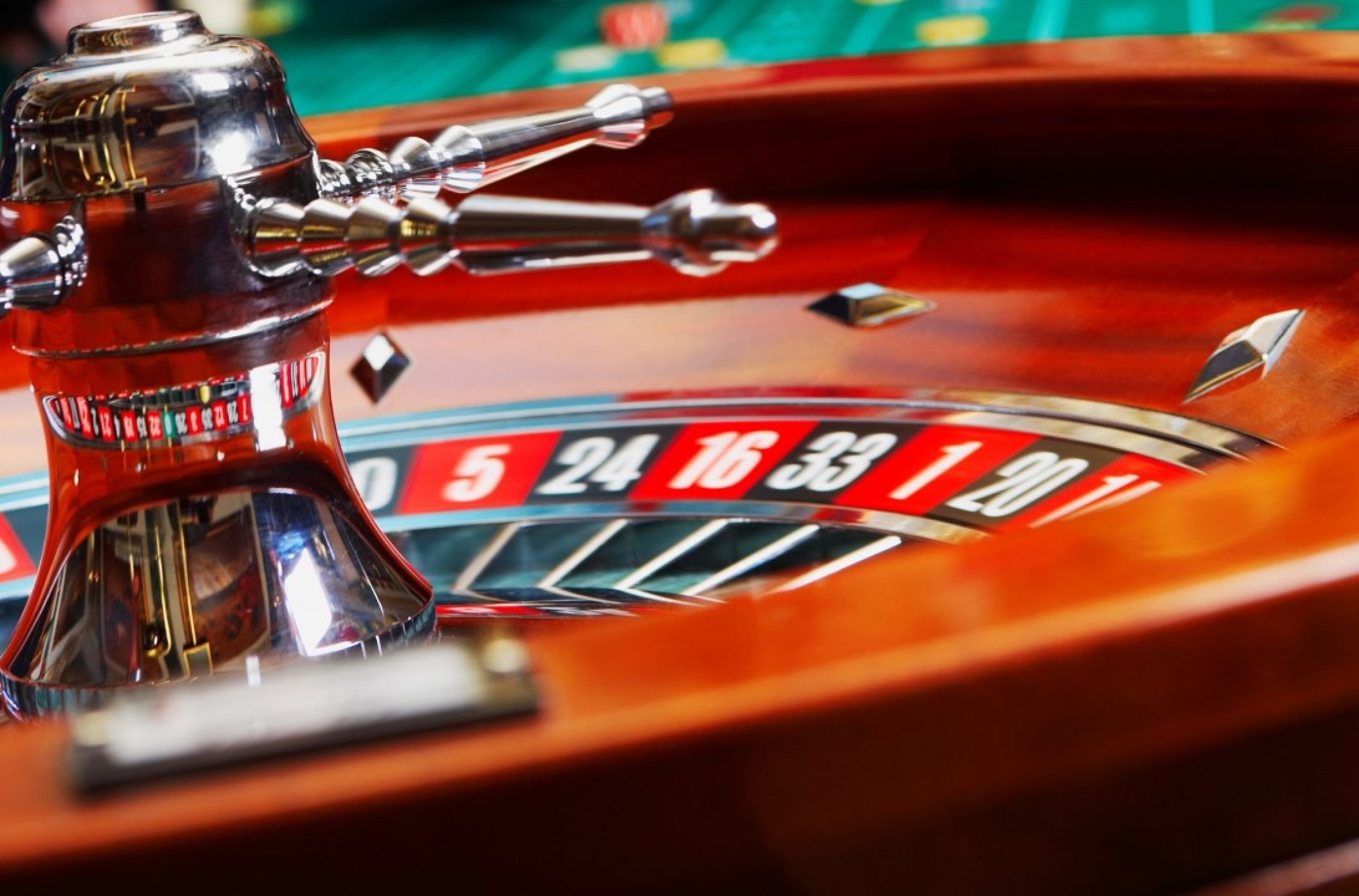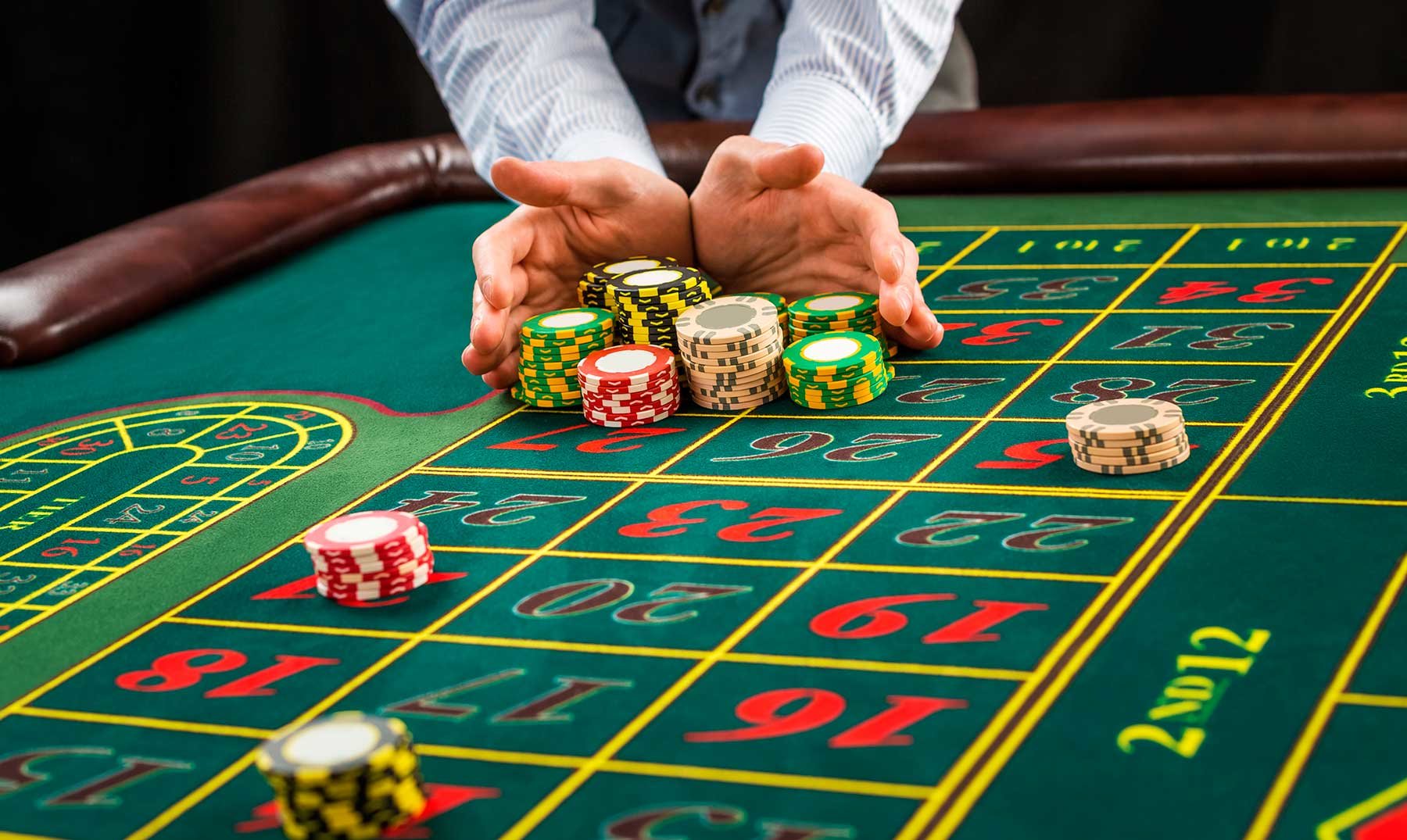Casino activities have long enthralled people around the world, not just for the possibility to win big but also for the lively characters that inhabit these exciting environments. From the traditional card games to the spinning reels of modern slot machines, the rich tapestry of gaming history is stitched together with unforgettable personas that speak with players of all demographics. These characters, whether they be charming dealers, risk-taking high rollers, or mystical symbols, have become iconic in their own right, standing as representations of the adventure and allure that casino games bring.
As we explore into the realm of legendary casino game characters, we examine how they improve the gaming experience and engage with players on an personal level. Each character shares a story, representing themes of chance, tactics, and excitement, and they often have special abilities or attributes that affect gameplay. From their roots in physical casinos to their evolution into the digital world, these figures play a essential role in how enthusiasts engage with their beloved games. Join us as we showcase some of the most memorable characters that have graced the tables and screens throughout gaming history.
The Evolution of Casino Game Characters
Casino games have long been a staple of both digital entertainment, and as they’ve evolved, so too have the characters that populate them. Initially, the figures in these titles were often ambiguous representations, serving mainly as a backdrop to the tables and gaming devices. These early figures didn’t provide much depth, often featuring common symbols like a monarch, a queen, or basic icons related to money. The focus was primarily on playing, with little emphasis on story or character development.
As tech advanced and gaming transitioned into the virtual realm, the characters in casino games began to take on more richness and depth. Developers recognized the potential for narration and started to create distinctive characters that players could connect with. This change was particularly evident in video slot games, where thematic elements allowed for the incorporation of unique personalities, often drawing from popular culture, traditional stories, or imagination. Characters became integral to the gaming experience, enhancing engagement and providing an immersive atmosphere.
In the last few years, the advancement of casino game characters has reached new heights with the advent of engaging and real-time dealer games. These innovations demand even more complex character experiences, often featuring charismatic hosts or animated figures who communicate with players in real-time. The focus has shifted from merely gamifying the game to experiencing a storyline where figures influence the game’s outcomes and player strategies. This development reflects a broader trend in gaming, where story-focused stories enhance player connection and investment in the gaming experience.
Iconic Characters from Slot Games
Slot games have introduced a multitude of unforgettable figures that have captivated players throughout the planet. One of the most iconic characters is the Lucky Leprechaun from the well-known game of the same name. This mischievous character embodies the spirit of chance and prosperity, leading players on a playful journey through the green landscapes of the Emerald Isle. With his verdant attire and mischievous demeanor, the Lucky Leprechaun not only improves the gaming experience but also symbolizes the luck players wish to attain at the end of the rainbow.
A further noteworthy character is Gonzo from Gonzo’s Quest, a slot that has secured its place in gaming history. Inspired by the real-life explorer Gonzalo Pizarro, Gonzo takes players on an adventure through the jungles of the Amazon in search of the lost city of gold, El Dorado. His animated antics and engaging storyline draw players deeper into the game, causing each spin feel like a different step in an exhilarating quest. Gonzo’s charm and drive reflect the thrill of discovery.
At last, the intriguing Catfather, the starring character from the Catfather slot game, injects a unique touch to the genre. As a classy feline mob boss, he offers an captivating narrative packed with wit and adventure. Players are presented to a visually striking experience showcasing cat-themed symbols and a combination of mobster references. The Catfather not only delivers a singular twist to the world of slots but also emphasizes the imagination and innovation that characterize contemporary casino games.
Memorable Characters in Casino Games
In the domain of casino games, table games like baccarat has given rise to remarkable characters that represent the thrill of competition and strategy. One of the most prominent characters is James Bond, the sophisticated British secret agent who has graced both film and literature with his high-stakes gambling exploits. Whether playing baccarat in "Casino Royale" or poker in "Casino Royale" adaptations, Bond exemplifies the style and tension that table games offer.
Another iconic character is Phil Ivey, often referred to as the Michael Jordan of poker. Lucky slots Known for his extraordinary skills and calm demeanor at the table, Ivey has established himself as a legend in the poker community. His strategic mind and ability to interpret opponents have made him a role model for aspiring players, showcasing the intense psychology behind table games. Ivey’s achievements to the game have cemented his status as one of the most renowned personalities in casino gaming.
Then there is the fictional character of "The Gambler," made famous by the song performed by Kenny Rogers. This character embodies the quintessential player who navigates the ups and downs of gambling, providing life lessons intertwined with the thrill of the game. The narrative of The Gambler illustrates the emotional rollercoaster that accompanies table games, thus solidifying his legacy as a symbol within the context of casino games.



